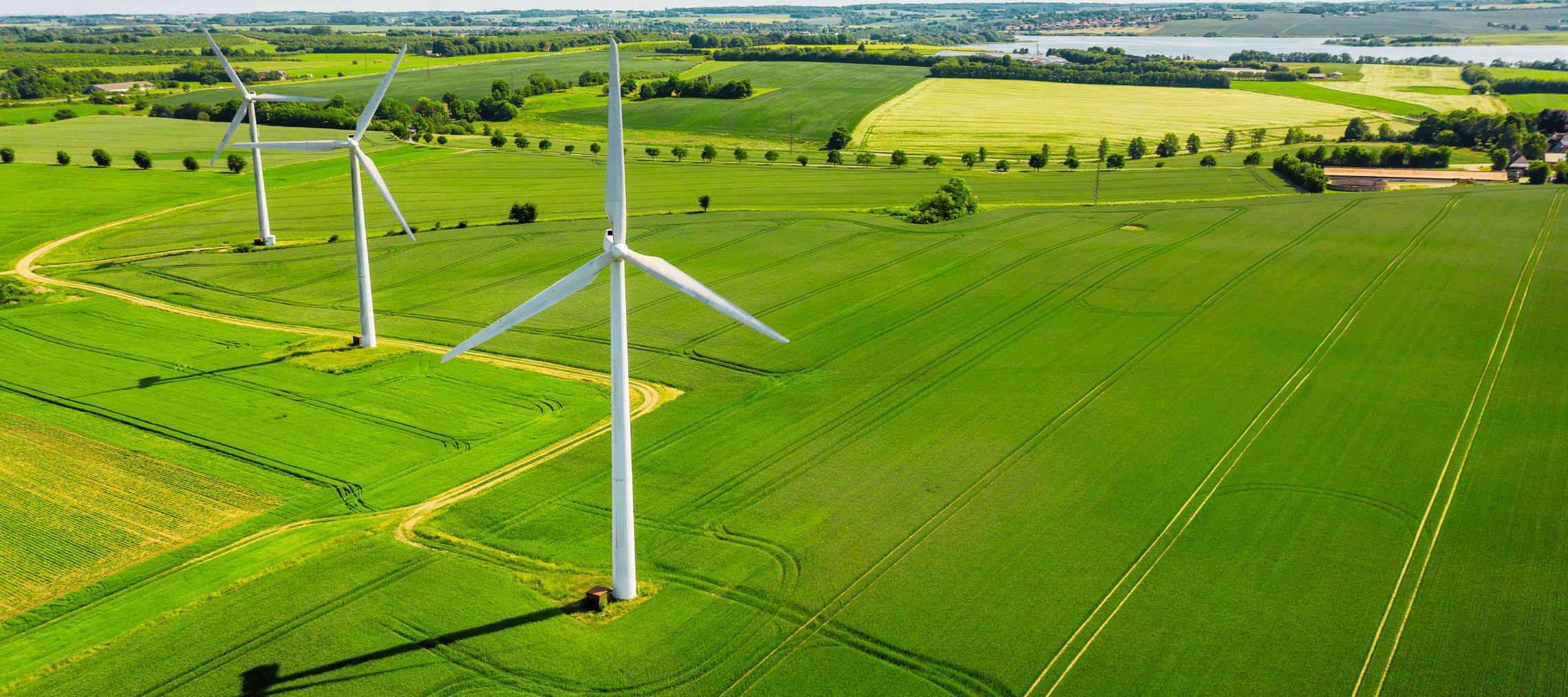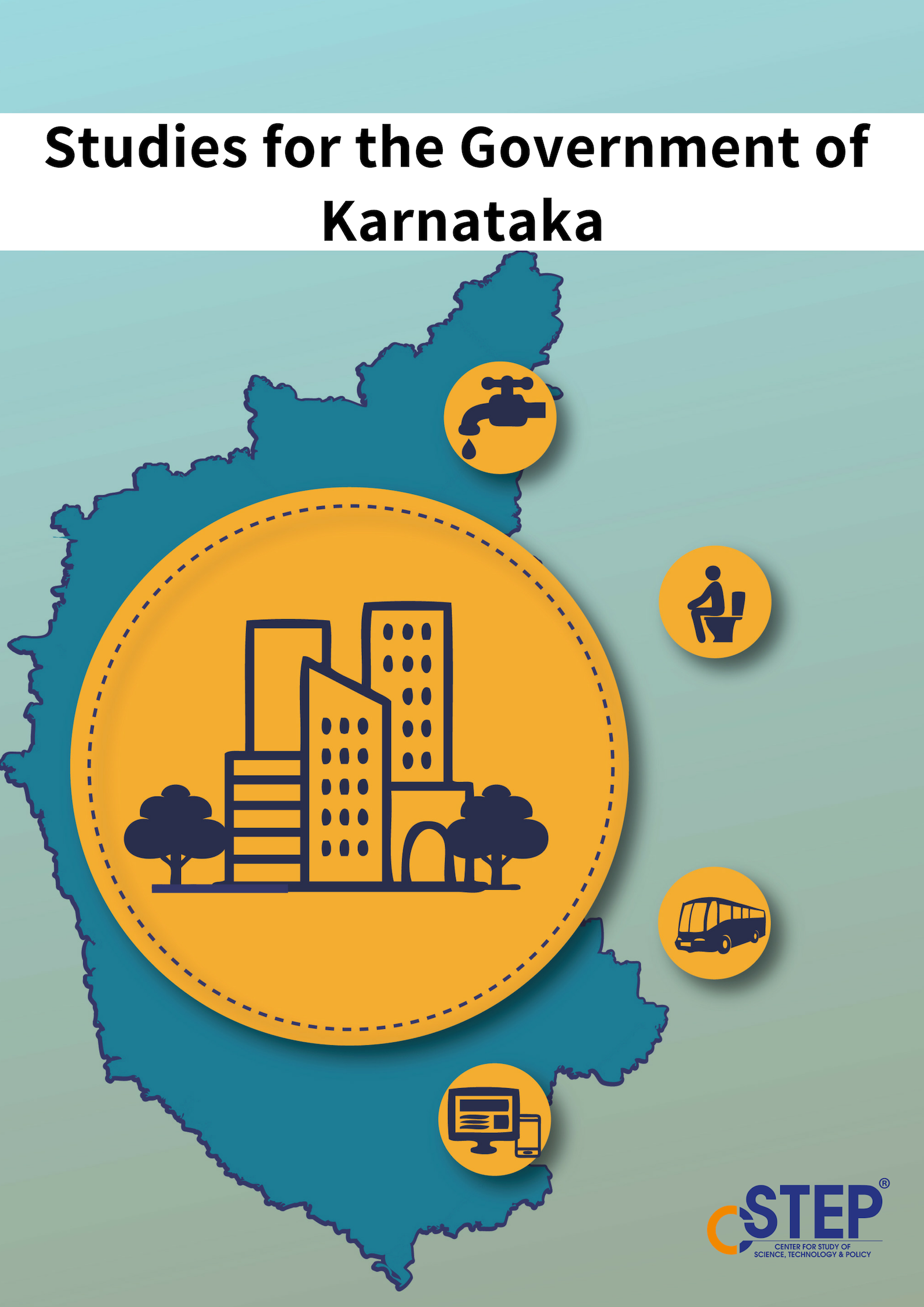India aims to meet its growing power demands through the expansion of its renewable energy capacity. This warrants a strong transmission infrastructure to integrate and evacuate renewable energy, as a transmission network acts as the backbone of power systems to transfer power from generation stations to load centres. As the country works towards this mission, a thorough transmission network analysis is needed to design a power evacuation scheme and assess technical feasibility. CSTEP supports transmission utilities to strengthen their transmission infrastructure and integrate a higher share of renewable energy to provide a reliable supply.




Re-assessment of India’s On-shore Wind Power Potential
This collection of ten papers highlights some of the most pressing concerns for the countries of the global South. In doing so, they explore a variety of topics including social, governance, economic and environmental concerns Each paper demonstrates the challenges of building an international agenda which responds to the specificities of each country, while also being internationally relevant It is by acknowledging and analysing these challenges that the research from the global South supports the objective of a meaningful post-2015 agenda.
RE-Energising Karnataka: An Assessment of Renewable Energy Policies, Challenges and Opportunities
In this context, the main objective of this study is to critically examine the state’s RE policy to find gaps and implementation challenges specific to Karnataka The primary audience of this study are the state legislators and policymakers The methodology involved detailed stakeholder consultation with RE developers, the state nodal agency, the state electricity regulator and other government agencies involved in rural electrification through questionnaires and interviews in order to identify specific measures to address existing barriers to the growth of RE in the state The study identifie
CREST Existing and Guest User
CSTEP’s ‘Rooftop Evaluation for Solar’ Tool for BESCOM
Zero energy buildings: Decarbonising India by tapping the sun
Net Zero Energy Buildings (NZEBs) - 100% energy-efficient, sustainable buildings - can be a game changer, not only for India’s building sector, but also for the energy sector. NZEBs have lower energy demand than that of conventional buildings and produce at least as much energy as they consume in a year, through onsite renewable energy technologies. NZEBs are commonly grid-connected to save battery costs. This allows them to draw electricity at night and during cloudy days, and return an equivalent amount of electricity to the local grid on sunny days.
Workshop on GHG Platform India: Energy and Industries
The GHG Platform – India is a collective civil-society initiative providing an independent estimation and analysis of India’s greenhouse gas (GHG) emissions. The platform currently hosts national estimates for GHG emissions from 2007–2012 during the first phase of the project. As a part of study CSTEP & CEEW organised a workshop on January 24, 2017.
Grid-Tied Mini Grids: Last-Mile Energy Access
Executive Director, CSTEP – Dr. Anshu Bharadwaj addressing the audience on the Topic Grid Tied – Mini Grids: Last Mile Energy Access at Vivanta By Taj Ambassador, New Delhi. Good Energies and WIPRO are jointly collaborating with CSTEP on the event.
Dr. V S Arunachalam, Chairman, CSTEP
Talk by Dr. V S Arunachalam, Founder and Chairman of CSTEP
CSP: a long-term solar technology
In the race to achieve India’s National Solar Mission (NSM) targets, one important solar technology is slowly disappearing. Concentrated Solar Power (CSP), a solar thermal-based technology for power generation, which showed considerable technical potential, is being sidelined. It is losing out due to economics compared to its rival, solar photovoltaics (PV).
Energy-Efficient Irrigation Pumps
Karnataka is the second most arid state in India, after Rajasthan. The decline in rainfall in recent years has seen an increased reliance on groundwater for fulfilling agricultural water needs in Karnataka. This requires significant power consumption because a majority of irrigation pump (IP) sets, used to pump groundwater, are electrical. Most of the existing pump sets operate at a very low efficiency, leading to a high electricity consumption for the same unit of productivity.
Dedicated Feeders for IPs Using Solar-Based Generation
The agricultural sector in Karnataka accounts for 39% of the state’s electricity (~21,344 MU). This is provided for free, or at heavily subsidised rates, to farmers. Moreover, electricity is not metered. This has led to an estimated revenue loss of INR 9,295 crore for the state DISCOMs. The Government has attempted several initiatives to reduce this loss. One option being followed is segregation of domestic and agricultural feeders. The feeder separation provides an opportunity for use of solar energy to supply electricity to agricultural feeders.